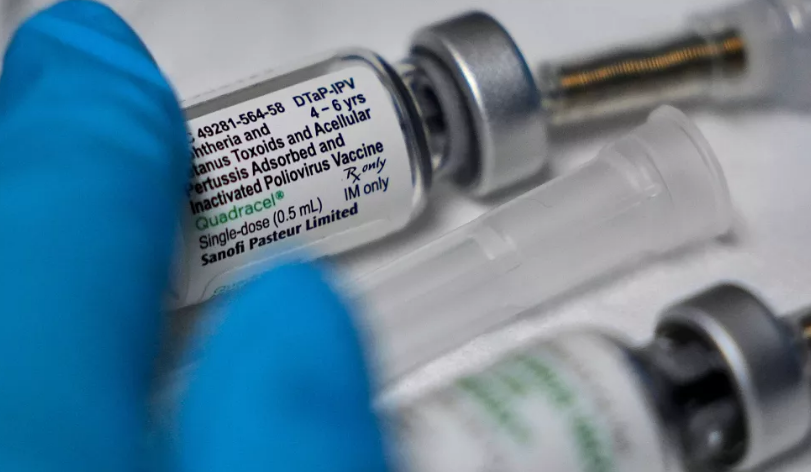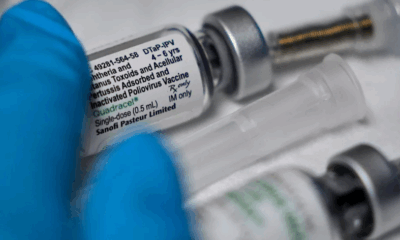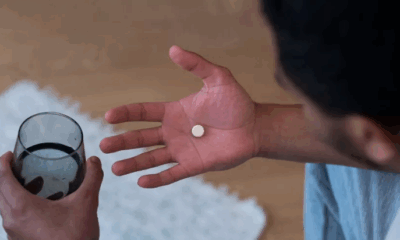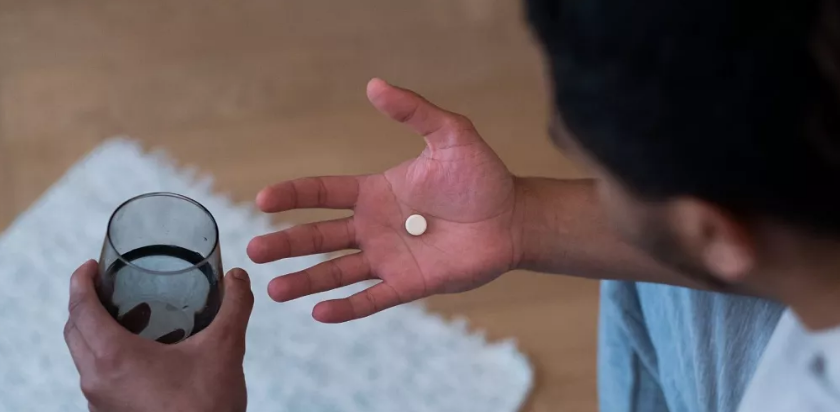Health
Swedish Study Links Teen Girls’ High Screen Time to Poor Sleep and Depression

Teenagers in Sweden are spending more time on their devices than recommended by health authorities, with teenage girls in particular showing troubling links between extended screen time, poor sleep, and symptoms of depression, according to new research.
A study conducted by researchers at Sweden’s prestigious Karolinska Institute tracked the habits of 4,810 students aged 12 to 16 over the course of a year. The results, published in the journal PLOS Global Public Health, found that both boys and girls averaged three to four hours per day on smartphones and other screens—exceeding the Swedish Public Health Agency’s guideline of two to three hours for this age group.
While both genders used their devices at similar levels, the impact was notably different for girls. The study found that teenage girls had depression scores nearly twice as high as boys at comparable levels of screen use. In addition, screen exposure among girls was closely tied to poorer sleep quality, shorter sleep duration, and disruptions in chronotype—the body’s natural preference for sleeping at a certain time.
The researchers highlighted that screen time led to what they called “sleep displacement,” a phenomenon in which bedtime is pushed later, interfering with the body’s natural sleep cycle. This effect was more pronounced in girls, potentially explaining the gender gap in mental health outcomes.
“Our results do suggest that less screen time seems healthier, in line with previous World Health Organization statements,” the study authors noted. They added that reducing screen time could help lower the “high burden of depressive states” observed among Swedish teenage girls—and possibly boys.
While the study draws strong correlations, experts cautioned against interpreting the results as proof of direct causation. Chris Ferguson, a psychology professor at Stetson University in the U.S. who was not involved in the research, pointed out that the data relied on self-reported screen time, which is known to be unreliable.
Even so, other researchers said the findings could contribute to public health policy. Ben Carter, a professor at King’s College London, argued that clearer national guidelines on screen time—especially on school nights—could help families manage digital habits and improve adolescent well-being.
“Sleep in the development of adolescents is essential,” Carter said. “Guidance could empower parents and help adolescents avoid daytime sleepiness and improve overall mental health.”
The study echoes similar findings from Norway, where a large-scale study of university students also linked screen use in bed with insomnia and reduced sleep duration, suggesting the issue may be widespread across the region.
Health
Papua New Guinea Launches Emergency Polio Response After New Cases Detected

Health authorities in Papua New Guinea have launched an urgent national vaccination campaign following the detection of two polio cases in children, marking the country’s first confirmed outbreak of the virus since 2018.
The Ministry of Health confirmed this week that poliovirus was found in two otherwise healthy children during routine screenings. Subsequent testing of sewage samples in Lae, the country’s second-largest city, verified that the virus is circulating in the community.
Health Minister Elias Kapavore described the situation as “serious but manageable” and urged swift action. “We’ve dealt with this before and know what works,” he said in a public statement, referring to a previous outbreak in 2018 that resulted in 26 cases of paralysis.
Although Papua New Guinea was declared polio-free in 2000, the recent cases underscore the country’s vulnerability due to persistently low vaccination rates among children. Polio, a highly contagious viral disease, primarily affects children under five and can lead to irreversible paralysis or death in severe cases. The disease has been largely eradicated globally, with only a few endemic regions remaining, such as Afghanistan and Pakistan.
The United Nations Children’s Fund (UNICEF) is working closely with the government to support the emergency vaccination drive. “While the focus right now is on stopping this outbreak, we must take this opportunity to boost routine immunisation to 90 per cent and protect children long-term,” said Dr Veera Mendonca, UNICEF’s representative in Papua New Guinea.
Mendonca emphasised that a long-term strategy to raise routine immunisation coverage is essential to prevent future outbreaks. UNICEF is also assisting in disease surveillance and public education efforts to raise awareness of the risks posed by polio and the importance of vaccination.
The outbreak response will target communities across the country, with particular focus on areas with the lowest immunisation coverage. Health officials are urging parents to ensure their children receive the polio vaccine, which remains the only effective way to prevent infection.
With a population of nearly 12 million and significant logistical challenges in remote areas, ensuring high vaccination coverage will be a complex task. However, authorities remain confident in their ability to contain the outbreak with coordinated action and international support.
Health
Healthy Diet May Delay Onset of Menstruation, Study Finds

A healthy diet may help delay the onset of menstruation in young girls, potentially reducing their risk of several health issues later in life, according to new research published in the journal Human Reproduction.
The study, conducted by researchers at the Fred Hutchinson Cancer Center in the U.S., followed over 7,500 girls between the ages of 9 and 14 to explore the link between dietary habits and the timing of their first menstrual periods. Girls who adhered to the healthiest diets were found to be 16% less likely to experience early menstruation compared to those with the poorest dietary habits.
In contrast, girls who consumed the most inflammatory foods — such as processed meats, sugary drinks, and refined carbohydrates — were 15% more likely to begin menstruating at an earlier age. These results were independent of body size, reinforcing the impact of diet quality regardless of a child’s weight or height.
“These findings demonstrate the importance of a healthy diet regardless of body size,” said Dr. Holly Harris, lead author of the study and associate professor at Fred Hutchinson Cancer Center. “This is particularly relevant as early menstruation has been associated with long-term health risks including obesity, type 2 diabetes, cardiovascular disease, and breast cancer.”
Typically, girls begin puberty between the ages of 8 and 13, with menstruation occurring roughly two years after breast development. However, a trend toward earlier onset of puberty has raised concerns among health professionals, especially given its links to chronic illnesses in adulthood.
While the study highlights a possible role for diet in influencing menstrual timing, some experts have cautioned against drawing firm conclusions. Dr. Imogen Roger, a research fellow at Brighton and Sussex Medical School, noted that the data may reflect “reverse causation” — suggesting that the timing of puberty itself might influence dietary choices, rather than the reverse.
“Diet was assessed close to the time of menarche for many of the girls,” Roger told Euronews Health. “We know that diet quality can decline during adolescence, so the association may not be entirely one-way.”
Nonetheless, researchers agree that ensuring children have access to nutritious foods — particularly during the crucial developmental window around puberty — is vital. Harris emphasized the importance of school meal programmes grounded in evidence-based nutrition.
“This research reinforces the need for equitable access to healthy meals for all children and adolescents, especially through school-based initiatives,” she said.
Health
Europe Pays Less for Medicines Than the U.S., but Prices Still Vary Widely by Country
-

 Business12 months ago
Business12 months agoSaudi Arabia’s Model for Sustainable Aviation Practices
-

 Business12 months ago
Business12 months agoRecent Developments in Small Business Taxes
-

 Politics12 months ago
Politics12 months agoWho was Ebrahim Raisi and his status in Iranian Politics?
-

 Business10 months ago
Business10 months agoCarrectly: Revolutionizing Car Care in Chicago
-

 Business11 months ago
Business11 months agoSaudi Arabia: Foreign Direct Investment Rises by 5.6% in Q1
-

 Technology12 months ago
Technology12 months agoComparing Apple Vision Pro and Meta Quest 3
-

 Politics12 months ago
Politics12 months agoIndonesia and Malaysia Call for Israel’s Compliance with ICJ Ruling on Gaza Offensive
-

 Sports10 months ago
Sports10 months agoKeely Hodgkinson Wins Britain’s First Athletics Gold at Paris Olympics in 800m





























